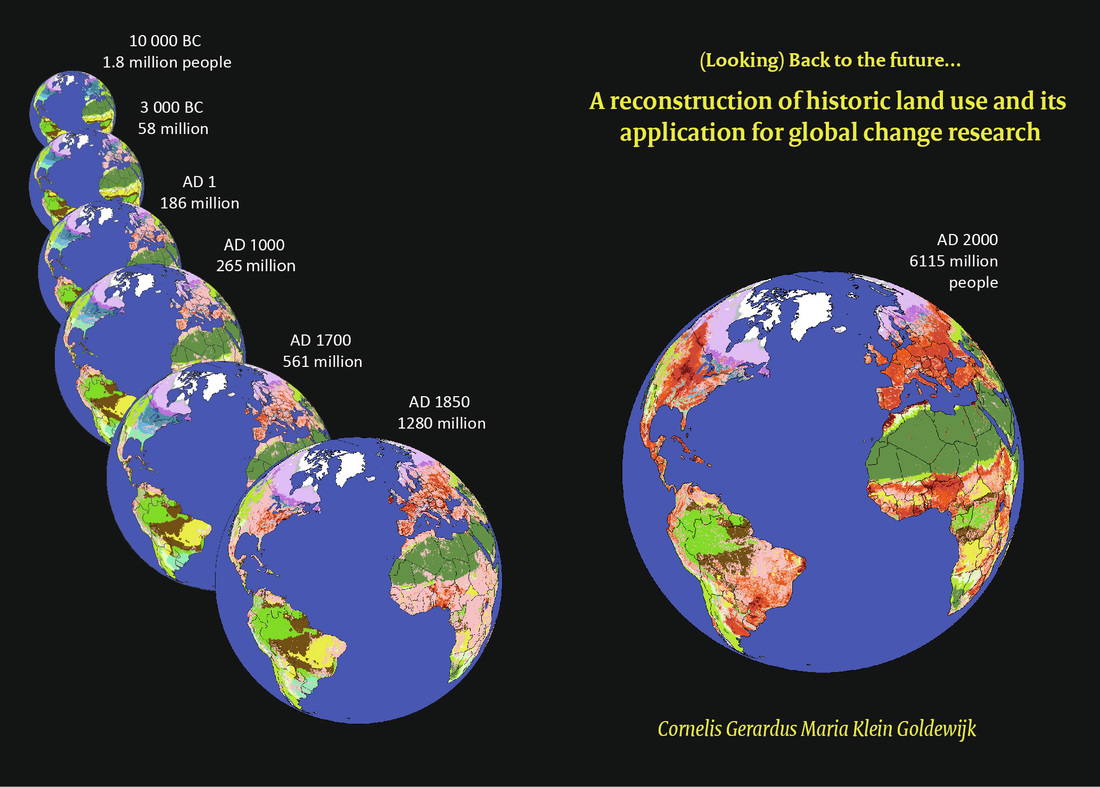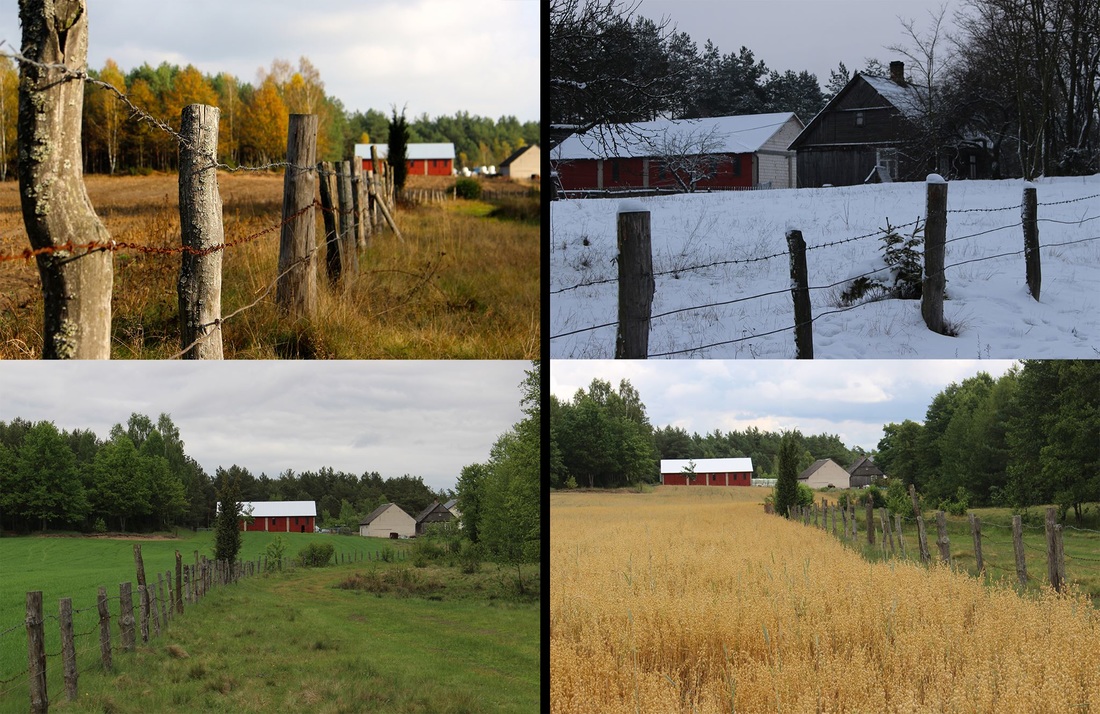|
My name is Kees Klein Goldewijk and I’ve joined Copernicus as a research fellow last year on a VENI grant from NWO. The topic of my grant is: "Looking back to the future: improving historical land use reconstructions for better understanding of the global carbon cycle". The main research questions are: When did human activities trigger global environmental change at relevant scales? And how did these activities such as settlement strategies and agriculture affect land use and land cover, the global carbon cycle and climate? I’d like to explain in my blog about my project and all the highly interesting problems (and solutions!) I do encounter. Follow me on a epic journey into the past...
0 Comments
Blog entry by Floris Keizer - Junior Lecturer / Researcher In our project, we look at sediment transport and deposition in a lowland river and on the adjacent floodplain, which means most of the work happens during and after flood events in winter and spring. On this, I have written several blog posts (Ecohydrology and MSc work in 2012; Ecosystem services of sedimentation; Unexpected early flooding in January and a second flood peak in April). However, what is the use of characterizing sediment and attached nutrient input is you have nothing to relate it too? During dry phases, the imported nutrients are made available for plant growth. This was the topic of my summer field campaign beginning of August and hence the rationale behind the title as now I completed the Four Seasons of Olszowa Droga, one of my sampling locations. With vegetation productivity (measured as aboveground biomass of living vascular plants) and plant species recordings at every site where sediment transport and deposition was measured, we can now hopefully say something about the actual effect of sediment on vegetation productivity and plant species diversity.
|
Archives
March 2018
Categories
All
Environmental Sciences BlogWritten by the junior researchers, PhD-students and post-docs of the Environmental Sciences group. |



 RSS Feed
RSS Feed
